By Deidre Shannon Nair
Before the Pakatan Harapan government was toppled, they seemed to be making good on their commitment towards building a corrupt-free Malaysia. In an effort to combat corruption, PH had set up the National Centre for Governance, Integrity and Anti-Corruption to uphold the honor of the country.
Their efforts paid off. Malaysia has gone up 10 places to 51 out of 180 countries in Transparency International’s (TI) annual Corruption Perception Index (CPI).
While we are certainly proud of our progress, it’s important to learn from the past and look back at some of the most infamous corruption scandals that rocked the nation.
5. Tabung Haji’s RM9 Billion Shortfall (2017)
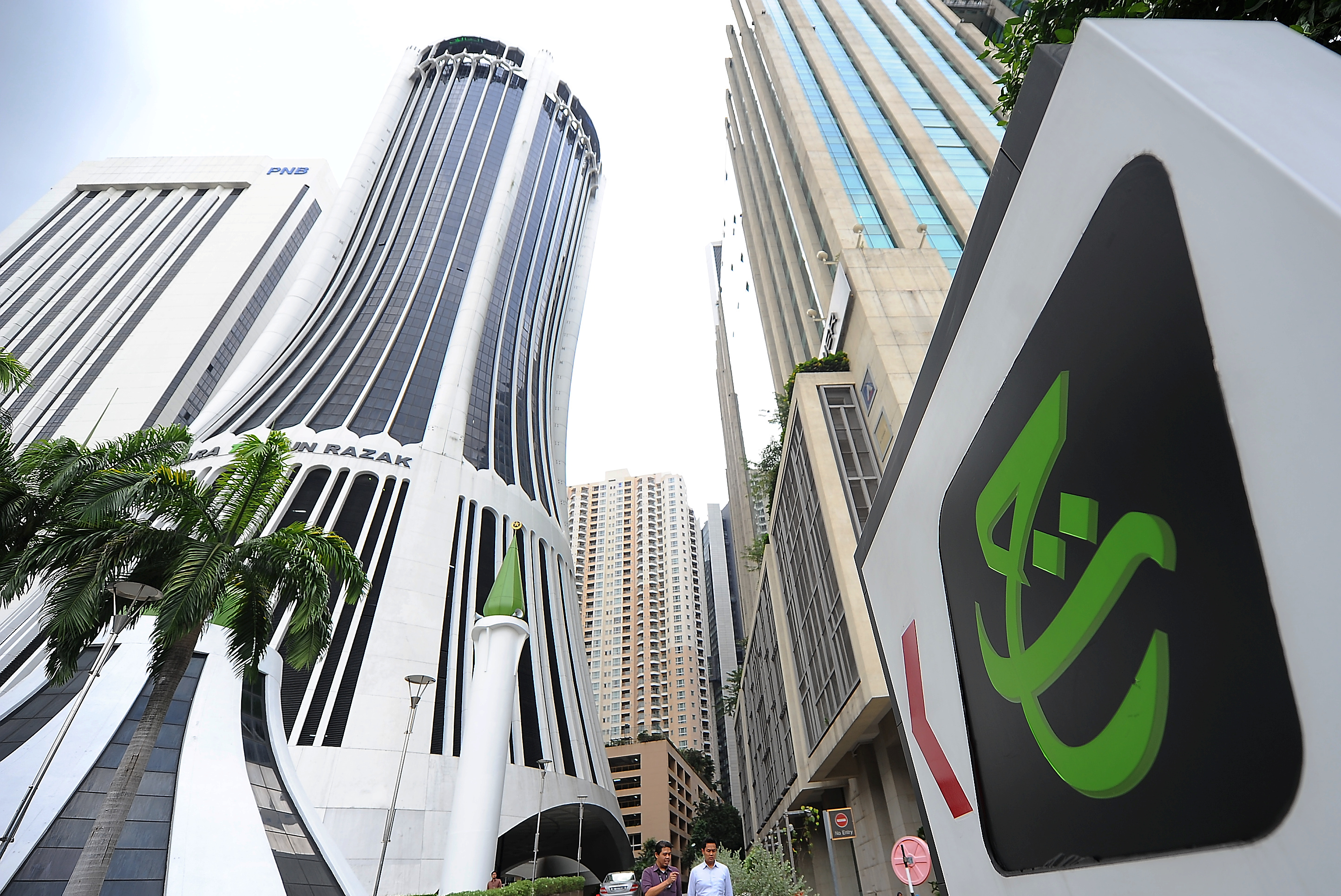
Tabung Haji (TH), the Islamic pilgrims fund board that overlooked the hajj for 30,000 Malaysians each year was widely respected in the country for its management of the savings and efficient organization.
So when rumors of corruption within TH broke, it left many deeply saddened as it concerned the hard-earned savings of nine million Malaysian Muslims.
The de facto Islamic Affairs Minister at the time, Mujahid Yusof Rawa provided scathing remarks on the entire scandal. He confirmed that TH was “illegally” paying dividends and clearly falsified accounts to hide the losses it suffered, which was estimated to be at RM9 bil. What’s more, it was alleged that Barisan Nasional channeled money from the fund for political activities.
Pakatan Harapan absorbed the losses suffered by TH by injecting RM10 billion to the fund. As a result of a change in management and aid from Pakatan, TH is now thriving. The fund is even able to absorb new costs from the Saudi government meaning Malaysians will not need to pay the cost of the haj visa.
4. Immigration Department Migrant Scandal (2016)
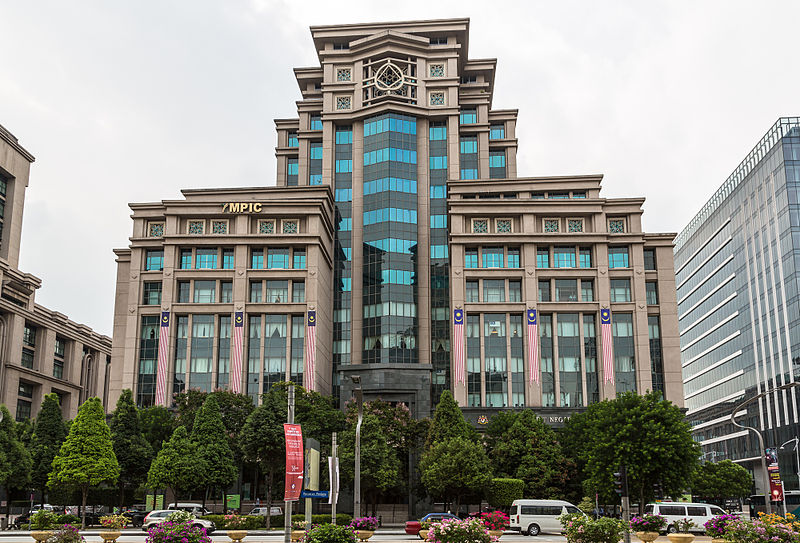
The Malaysian Immigration department has long been rumored to be rife with small scale corruption i.e bribery, but things took a dramatic turn when the department was accused of compromising migration systems at two major airports and allowing human trafficking syndicates and terrorists in and out of the country.
An internal probe found that the online system used by Malaysian immigration was believed to have been tampered with and forced to crash, so that passports would need to be stamped manually.
Additionally, the department’s internal probe found that the tampering had begun in 2010 and involved a network masterminded by syndicates from abroad that made use of Malaysians, including immigration officers.
The fallout from the four week operation was huge. Besides the arrest of several individuals including immigration officers, there was a massive rescheduling of personnel which included the sacking, suspensions and transfers of 60 immigration employees.
Most of the officers arrested have been charged or detained under the Anti-Trafficking in Persons and Smuggling of Migrants Act 2007 or the Prevention of Crime Act 1959. Some are still in custody, while the rest have been released on bail.
3. Port Klang Free Zone (PKFZ) (2008)
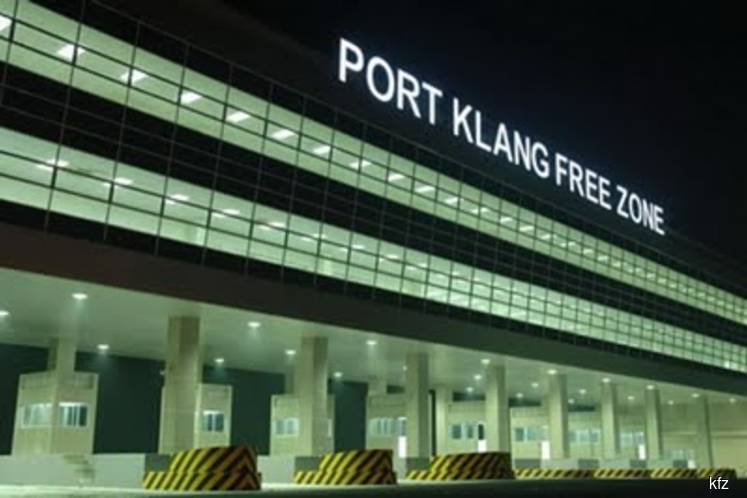
PKFZ was created to become a regional integrated cargo distribution in Port Klang by then-Transport Minister Ling Liong Sik. It was a hub for businesses to connect to over 120 countries and 500 ports, with highly efficient logistics due to its location neighboring KLIA.
So what went wrong in the development of such a monumental industrial zone? Perhaps an easier question would be what didn’t go wrong?
Skyrocketing development costs, double billing of contractors, and buying land for exaggerated prices, were just some of the problems. To make matters worse, when an audit was conducted by PricewaterhouseCoopers Advisory Services (PwC), it was found that through mismanagement and bad decisions, including deferred payments of interests, the total cost of PKFZ had gone up from RM1.9B to RM12.5B.
The final report released by PwC indicated a wide range of critique, everything from disregard to governmental procedure, excessive costs, lack of master planning, governance, to open tenders without competition.
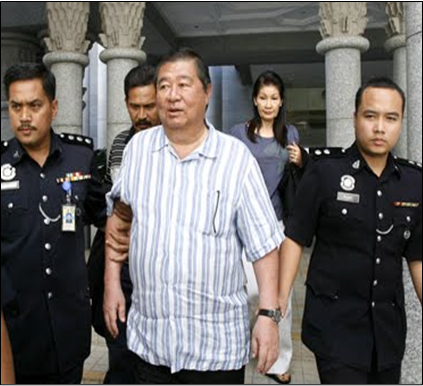
Even though ex-PM Najib Razak and MCA had promised a thorough investigation with full transparency into PKFZ, the case was eventually dubbed “the scandal with no culprits” by the media as no parties were found guilty.
2. Sabah Water Department (2015)
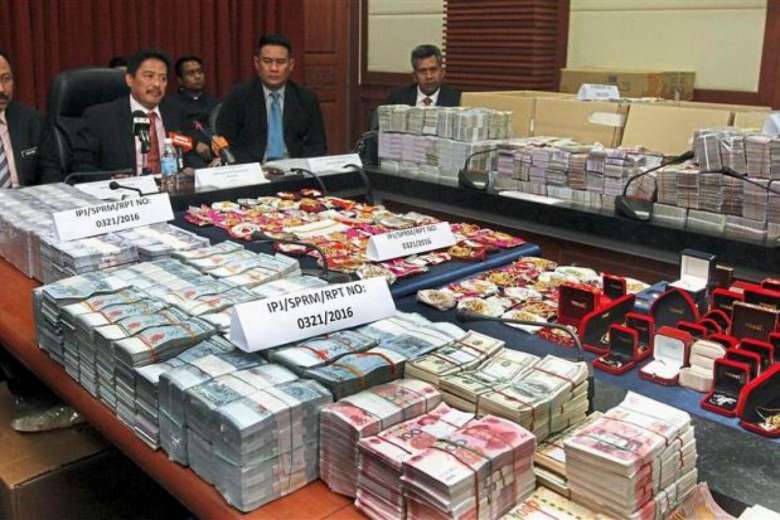
Before 1MDB, the Sabah state water corruption probe was considered to be the largest corruption scandal in Malaysia with an estimated RM 114.5M confiscated by the Malaysian Anti Corruption Commission (MACC). This comprised cash, jewellery, watches, branded handbags, and luxury cars.
MACC investigations were to have implicated top department officials in connection with the scandal, alleging that money was siphoned from RM3.3B worth of federal allocations for state rural water projects since 2010.
It is believed that certain individuals in the department might have been collecting as much as 30 per cent in kickbacks. Further investigation by MACC also indicated money laundering with a trail that lead to Singapore, Australia and New Zealand.
It was reported that Water Department officials were alleged to have abused their power by awarding contracts to 38 companies owned by their families or cronies.
The shocking revelation led the MACC deputy chief commissioner to characterize the scandal by saying “In the 49 years since the commission was set up, we have never seen this amount of money. The thought that this involves government servants is very bad.”
Perhaps he spoke too soon.
1. 1MDB (2015)
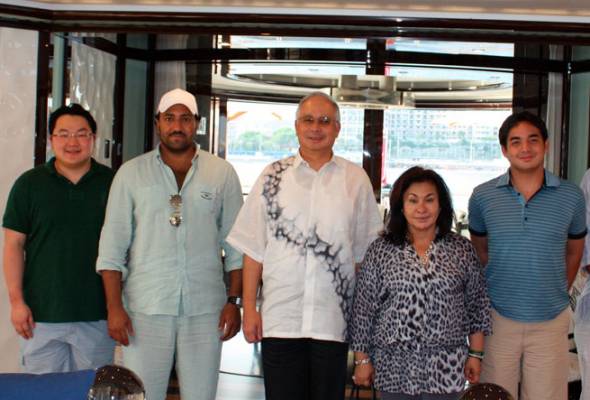
Labeled “The World’s Biggest Theft” by Al-Jazeera, the 1MDB scandal is indeed a shocking tale of corruption, abuse of power, and gross excesses.
1MDB was initially set up as sovereign wealth fund to help the country develop through foreign partnerships and investments. However, leaked financial documents by an anonymous source seemingly exposed a network of fraudulent activity implicating ex-PM Najib Razak and businessman Jho Low amongst many others.
Using the financial expertise of Goldman Sachs, large amounts of money were borrowed via government bonds and transferred into bank accounts all over the world. Almost US$800M was sent to Najib’s personal Ambank account.
Najib allegedly used the money to maintain political power, and fund a lavish lifestyle for his family including spending over US$800,000 in one day at a luxury jeweller in Italy .
Jho Low on the other hand, played the part of a billionaire Hollywood socialite. He produced movies with Najib’s stepson Riza Aziz, bought property in Los Angeles, and a US$250M yacht for himself. He even spent millions of dollars on gifts for his celebrity friends, including artwork for actor Leonardo Dicaprio and a glass piano for model Miranda Kerr. His “generosity” knew no limits.
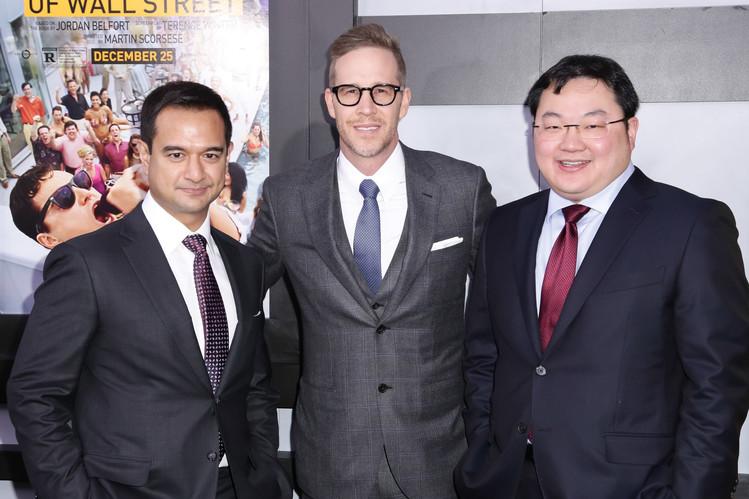
Despite many attempts to silence critics and interfere in investigations, detractors of 1MDB, like DAP’S Tony Pua and former Bar Council president Datuk Ambiga were getting increasingly vocal on the scandal. The heat was on and the public was catching on to the magnitude of corruption that was going on under their noses.
The weight of 1MDB finally came crashing down on Najib’s political party in the 2017 general election. More than 76% of the 14.3 million eligible voters in the country turned out, with Mahathir’s opposition coalition taking 121 of 222 seats. Barisan Nasional won just 79.
Najib and Rosmah are currently in the midst of their criminal hearings while Jho Low remains on the run.


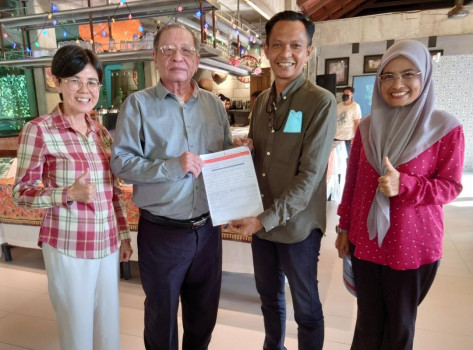
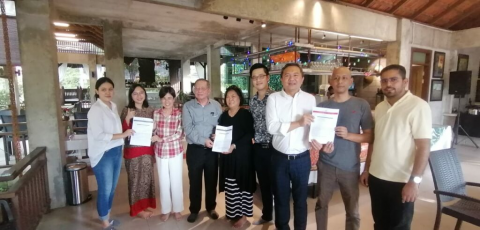
There should be many many more cases. How about creating a dedicating website listing all known corruptions over Rm 1 million.
What about the Penang undersea channel project? It cost RM6.3b.
I think it should be in the list as well.